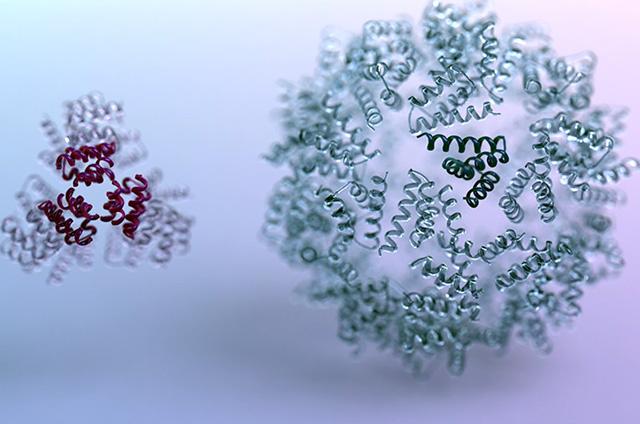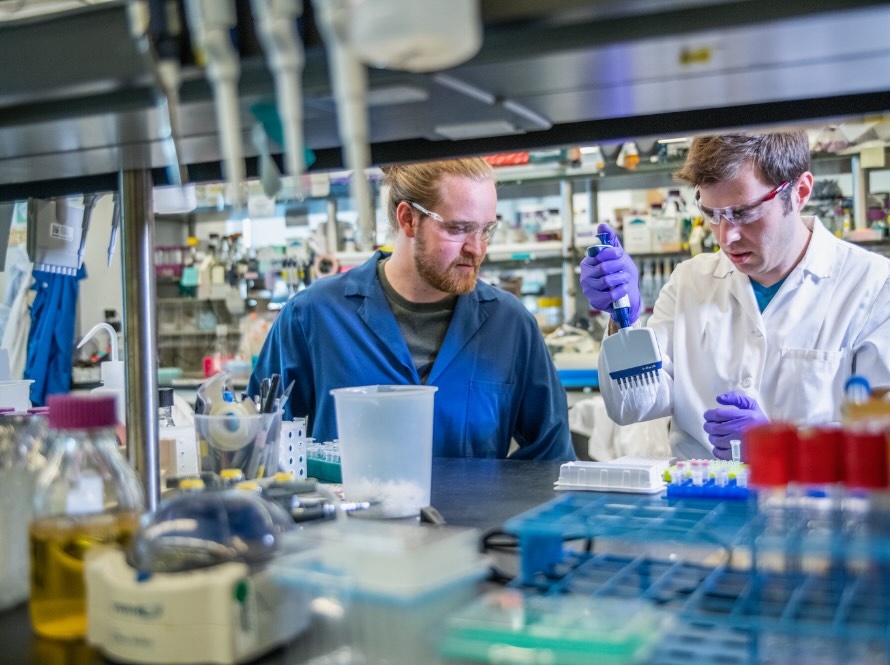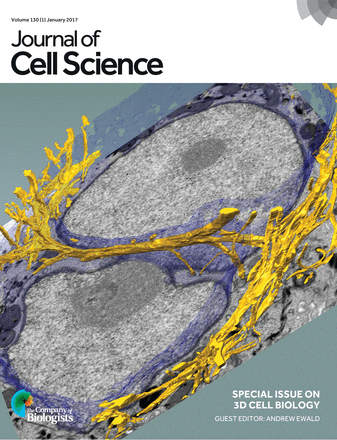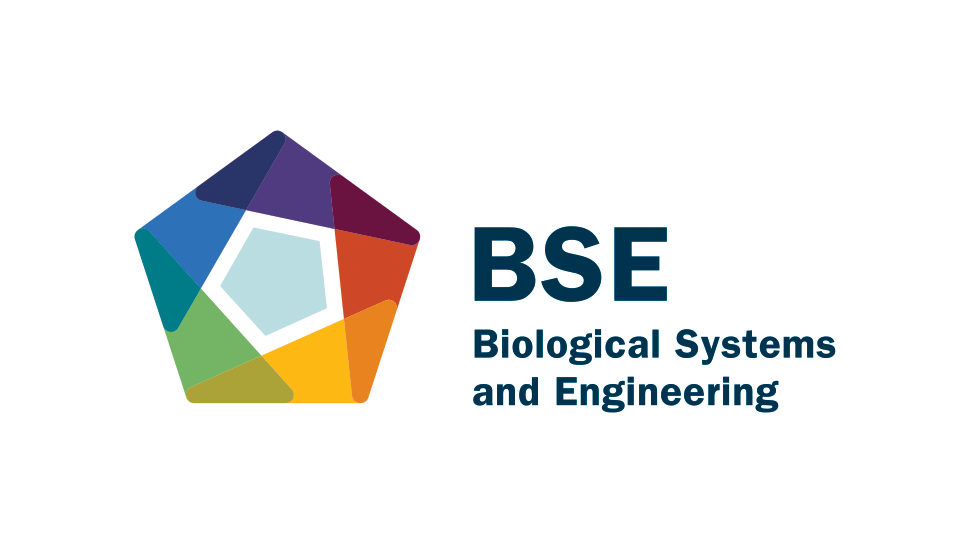


-
The Strings That Bind Us: Cytofilaments Connect Cell Nucleus to Extracellular Microenvironment
New images of structural fibers inside a cell appear in a study featured on the cover of the Journal of Cell Science special issue on 3D Cell Biology, published this month. The images, obtained by scientists in the Biosciences Area, show thread-like cytofilaments reaching into and traversing a human breast cell’s chromatin-packed nucleus. It provides the first visual evidence of a physical link by which genes can receive mechanical cues from its microenvironment. The work leading up to the images began in the early 1980s when Biological Systems & Engineering’s Mina Bissell proposed the idea that gene expression and cell fate…
Read the article -
‘Wild Things’: 7 Bacterial, Fungal and Microbial Discoveries
The Biosciences Area launched its Twitter account one year ago. @LBNLBioSci has served as a tool to disseminate the Area’s achievements in energy, environment and health, and has so far attracted 409 followers. To celebrate the one year anniversary, the Biosciences communications team has released a listicle on seven of the Area’s bacterial, fungal and microbial discoveries. Read the listicle here and follow @LBNLBioSci.
Read the article -
Keasling Featured in Create Magazine
Jay Keasling, Associate Laboratory Director for Biosciences was featured in Create, Engineers Australia’s Magazine. In the article Keasling discusses how synthetic biology tools offer solutions to some of the major global challenges. Read more.
Read the article -
New Cas9-based Toolkit Eases Obstacles in Genetic Engineering
JBEI develops new synthetic biology tools for engineering Saccharomyces cerevisiae Pioneering work has been led by the U.S. Department of Energy’s Joint BioEnergy Institute (JBEI) to engineer microbes to transform plant derived starting materials into energy-rich biofuels. But despite the progress in genomics and synthetic biology for the optimization of biofuel production in engineered microbes, microbial engineering methods remain slow and laborious. Such is the case of the fungal host, Saccharomyces cerevisiae. The yeast S. cerevisiae has proven to be an excellent organism for commercial-scale production of biological molecules, though its strain development remains painstakingly slow due to difficulties related…
Read the article -
ABPDU Featured on The Digest
On December 14, The Digest, a bioeconomy daily, featured the ABPDU (Berkeley Lab’s Advanced Biofuels Process Demonstration Unit) with an article on how the pilot has become a leader in the advanced bioeconomy. The feature article talks about the ABPDU’s capabilities and the many companies it has worked with since 2012 when it was first established. Read more on The Digest.
Read the article



